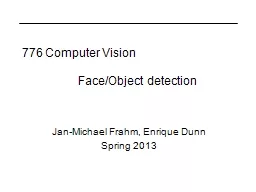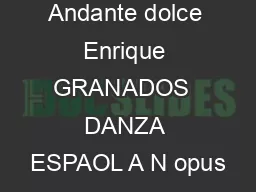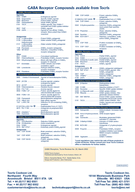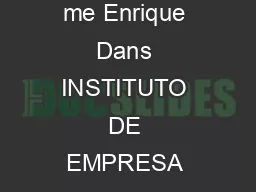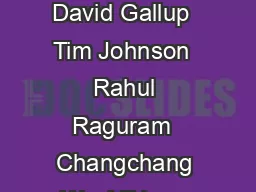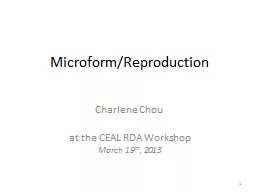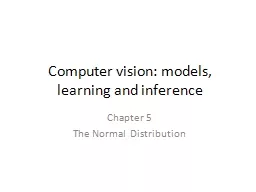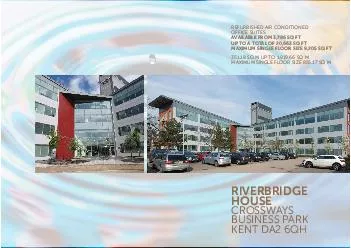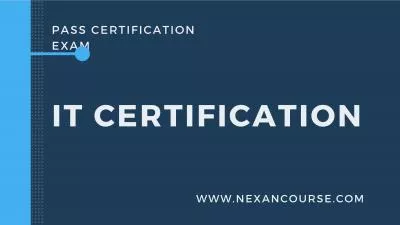PPT-776 Computer Vision Jan-Michael Frahm, Enrique Dunn
Author : sherrill-nordquist | Published Date : 2019-06-21
Spring 2013 FaceObject detection Previous Lecture The ViolaJones Face Detector A seminal approach to realtime object detection Training is slow but detection is
Presentation Embed Code
Download Presentation
Download Presentation The PPT/PDF document "776 Computer Vision Jan-Michael Frahm, E..." is the property of its rightful owner. Permission is granted to download and print the materials on this website for personal, non-commercial use only, and to display it on your personal computer provided you do not modify the materials and that you retain all copyright notices contained in the materials. By downloading content from our website, you accept the terms of this agreement.
776 Computer Vision Jan-Michael Frahm, Enrique Dunn: Transcript
Download Rules Of Document
"776 Computer Vision Jan-Michael Frahm, Enrique Dunn"The content belongs to its owner. You may download and print it for personal use, without modification, and keep all copyright notices. By downloading, you agree to these terms.
Related Documents

